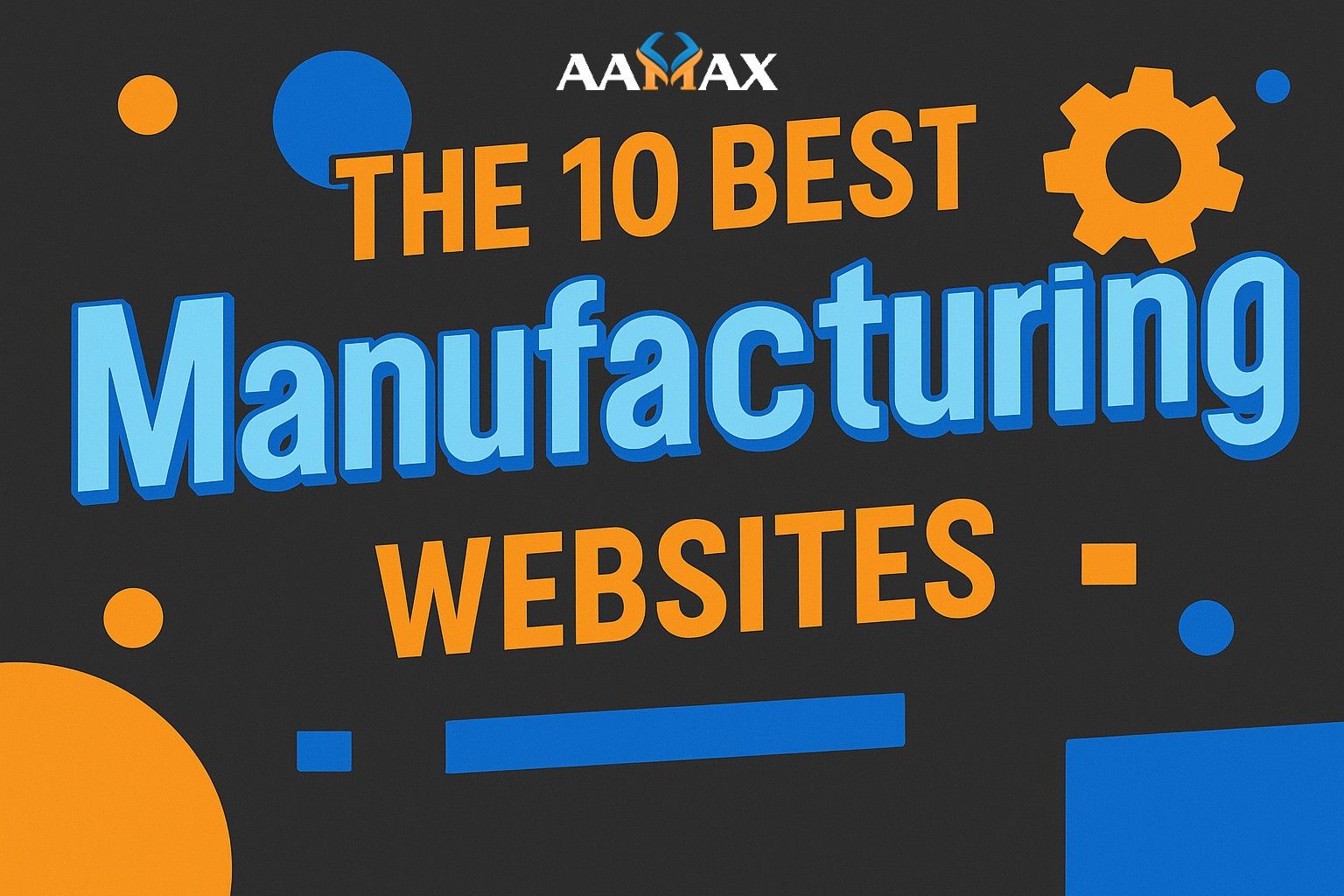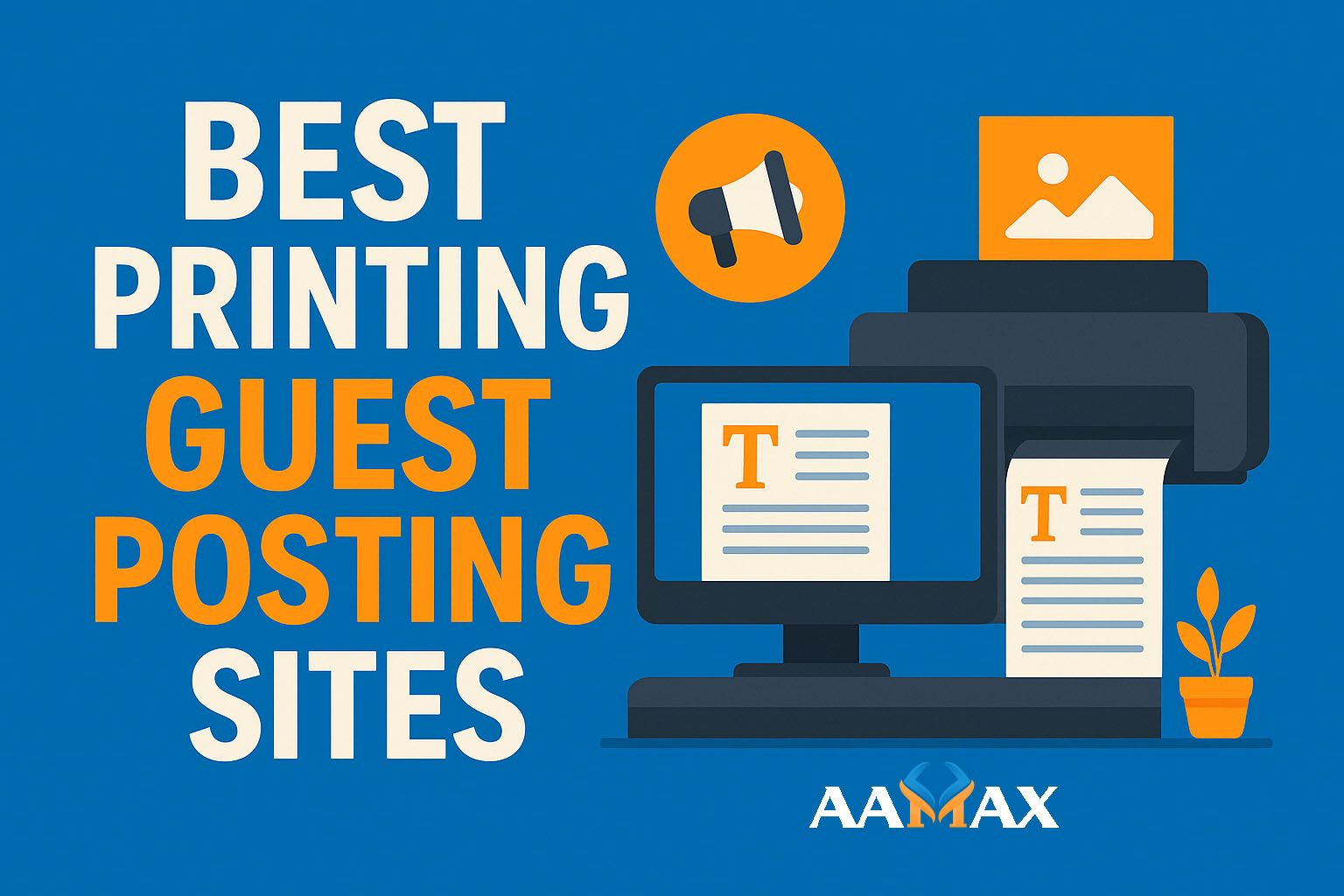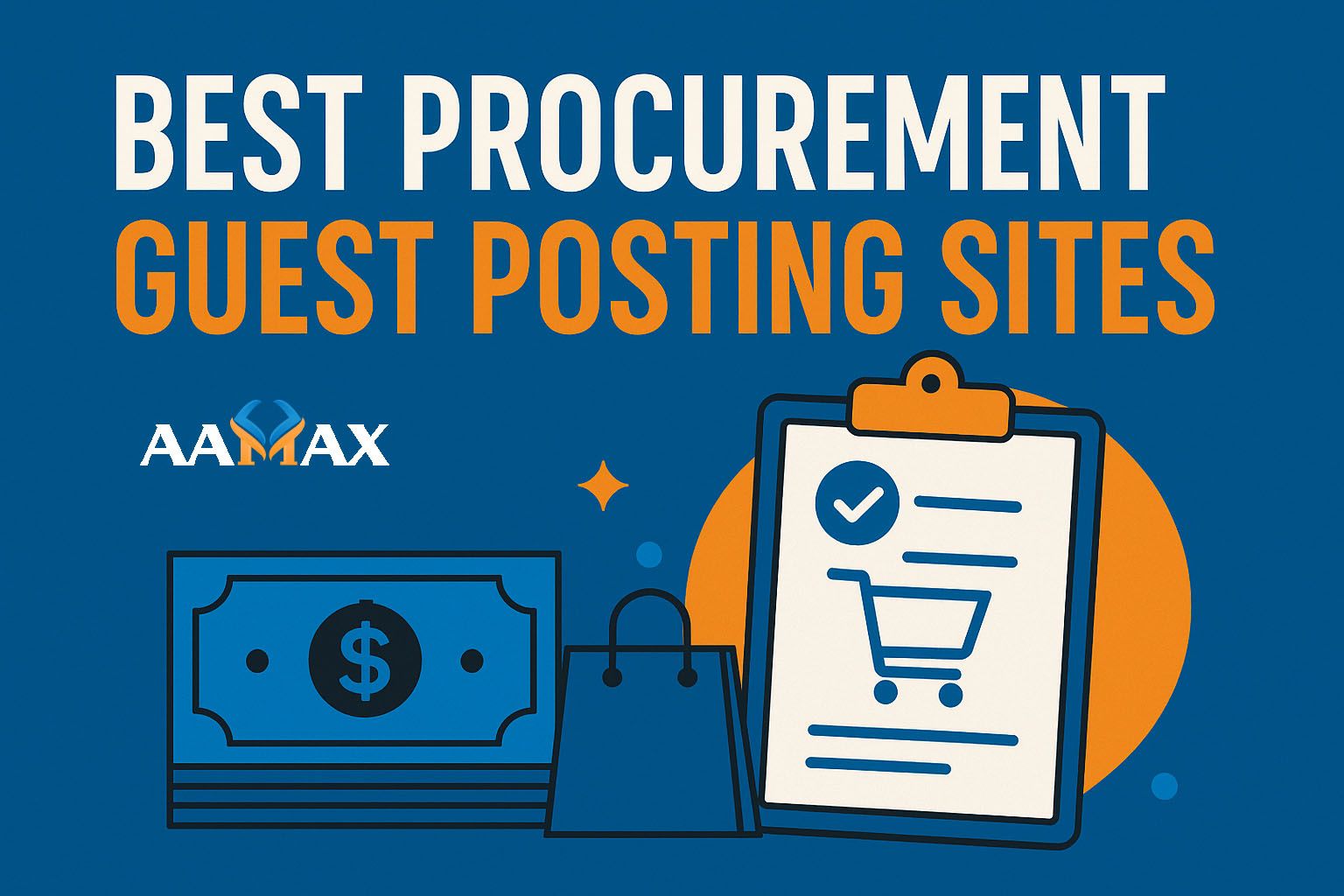
The 10 Best Manufacturing Websites
In the competitive manufacturing industry, a company’s website is more than just an online brochure — it’s a lead-generation powerhouse, a brand credibility builder, and an educational resource for potential customers. From showcasing capabilities to offering interactive tools, the best manufacturing websites go beyond aesthetics; they focus on usability, content clarity, and customer engagement.
In this guide, we’ll explore the Web Development , highlighting their strengths and the lessons you can apply to your own site.
Why a Great Website Matters for Manufacturers
A manufacturing website is often the first interaction a potential client has with your brand. The modern buyer — whether in B2B or B2C — researches online before reaching out to a sales rep. Your website needs to:
- Build trust through professional design and authentic content.
- Showcase expertise with case studies, certifications, and process overviews.
- Generate leads with clear calls-to-action (CTAs) and contact forms.
- Educate through technical resources, downloadable spec sheets, and FAQs.
Without these elements, even the best manufacturing capabilities can go unnoticed in a competitive market.
1. Caterpillar
Why It Stands Out:
Caterpillar’s website is a masterclass in brand identity and global navigation. The homepage uses powerful visuals to reflect its heavy equipment leadership. The navigation is intuitive, guiding visitors to products, services, and dealer information in seconds.
Key Features:
- Industry-focused product categories.
- Strong multilingual support for a global audience.
- Integrated dealer locator for quick conversions.
Lesson for Manufacturers: Make it easy for users to find what they need fast, regardless of their location or industry.
2. General Electric
Why It Stands Out:
General Electric (GE) blends corporate storytelling with manufacturing excellence. The site uses interactive graphics and videos to explain complex technologies in a simple way.
Key Features:
- Clean design with bold typography.
- Focus on innovation and sustainability.
- Well-organized content hubs for each sector.
Lesson for Manufacturers: Use visuals and plain language to make complex products approachable.
3. 3M
Why It Stands Out:
3M’s website is all about user convenience. It offers search-driven navigation so users can find products by industry, application, or technology.
Key Features:
- Smart product search functionality.
- Resource-rich content including white papers and case studies.
- Accessibility features for all audiences.
Lesson for Manufacturers: A robust search function can improve user experience and shorten the buyer journey.
4. Siemens
Why It Stands Out:
Siemens balances corporate professionalism with a tech-forward interface. They incorporate plenty of thought leadership content, keeping them positioned as industry innovators.
Key Features:
- Interactive infographics and product animations.
- Focus on digital transformation in manufacturing.
- Industry-specific landing pages.
Lesson for Manufacturers: Position your brand as an industry leader by publishing expert content regularly.
5. Boeing
Why It Stands Out:
Boeing’s site blends the excitement of aerospace innovation with practical resources for clients and investors. Stunning imagery and videos make it engaging, while clear navigation ensures usability.
Key Features:
- Striking photography and dynamic visuals.
- Separate sections for defense, commercial, and space divisions.
- Investor and media resources easily accessible.
Lesson for Manufacturers: Invest in visual storytelling to make your website memorable.
6. Honeywell
Why It Stands Out:
Honeywell’s site is content-rich yet easy to navigate, offering solutions for industries ranging from aerospace to safety products.
Key Features:
- Industry filter for tailored browsing.
- Clear focus on innovation and future technologies.
- Downloadable product catalogs and brochures.
Lesson for Manufacturers: Organize products and solutions in a way that matches how your customers shop or research.
7. ABB
Why It Stands Out:
ABB’s website exudes efficiency. Its minimal design ensures content stands out, and its global structure supports audiences in over 100 countries.
Key Features:
- Multi-language, multi-region support.
- Minimal yet impactful design.
- Rich technical documentation library.
Lesson for Manufacturers: Sometimes less is more — clean design allows your message to shine.
8. Lockheed Martin
Why It Stands Out:
Lockheed Martin uses immersive visuals and storytelling to communicate its mission. The site integrates news, thought leadership, and detailed product sections.
Key Features:
- Story-driven homepage design.
- Strong career and recruitment sections.
- Emphasis on corporate responsibility.
Lesson for Manufacturers: Tell your brand’s story in a way that connects with both customers and the public.
9. John Deere
Why It Stands Out:
John Deere’s website perfectly blends e-commerce with brand heritage. It features a product configurator, making it easy for customers to customize machinery.
Key Features:
- Interactive product configurator.
- Dealer and service locator.
- Seasonal promotions and campaigns.
Lesson for Manufacturers: Offer tools that make the buying process easier and more engaging.
10. Bosch
Why It Stands Out:
Bosch’s site focuses heavily on innovation and corporate values. The site uses engaging videos and product showcases to appeal to both B2B and B2C markets.
Key Features:
- Focus on sustainability and technology.
- Rich video and image galleries.
- Clear segmentation for different customer types.
Lesson for Manufacturers: Highlight your values alongside your products to build trust and brand loyalty.
Key Takeaways from the Best Manufacturing Websites
After reviewing these top examples, here are the patterns you’ll notice:
- Clear Navigation: Every site ensures visitors find products, services, or resources in a few clicks.
- Strong Visuals: Photography, videos, and graphics make technical industries more engaging.
- Educational Content: Case studies, blogs, and product resources educate customers.
- Global Accessibility: Language support and regional customization matter in manufacturing.
- Lead-Generation Tools: Dealer locators, contact forms, and configurators drive conversions.
How to Improve Your Manufacturing Website
If you want your manufacturing website to compete with these industry leaders, here’s where to start:
- Invest in Responsive Design: Ensure your site looks perfect on any device.
- Simplify Navigation: Organize content logically for a better user journey.
- Add Interactive Tools: Product configurators, calculators, and search filters improve engagement.
- Showcase Your Expertise: Publish white papers, certifications, and project case studies.
- Focus on SEO: Optimize product pages, categories, and resources for search engines.
- Highlight Your Values: Sustainability, safety, and innovation build brand trust.
Why Partner with a Professional Web Development Agency
Designing a high-performing manufacturing website requires more than just design skills. You need technical expertise, SEO knowledge, and a clear understanding of your audience’s needs. This is where working with a full-service digital marketing agency can make a difference.
If you want a manufacturing website that not only looks great but also drives leads and builds trust, you can hire AAMAX. AAMAX offers professional Web Development, Digital Marketing, and SEO Services, helping manufacturers create websites that are functional, optimized, and visually impressive.
Final Thoughts
The best manufacturing websites are more than digital catalogs — they are interactive hubs that communicate brand value, provide resources, and drive sales. Whether you’re a small local manufacturer or a global enterprise, taking inspiration from these 10 examples can help you create a site that stands out in a competitive market.
Your website is often your most powerful sales tool. Invest in it, optimize it, and watch it transform your manufacturing business.







